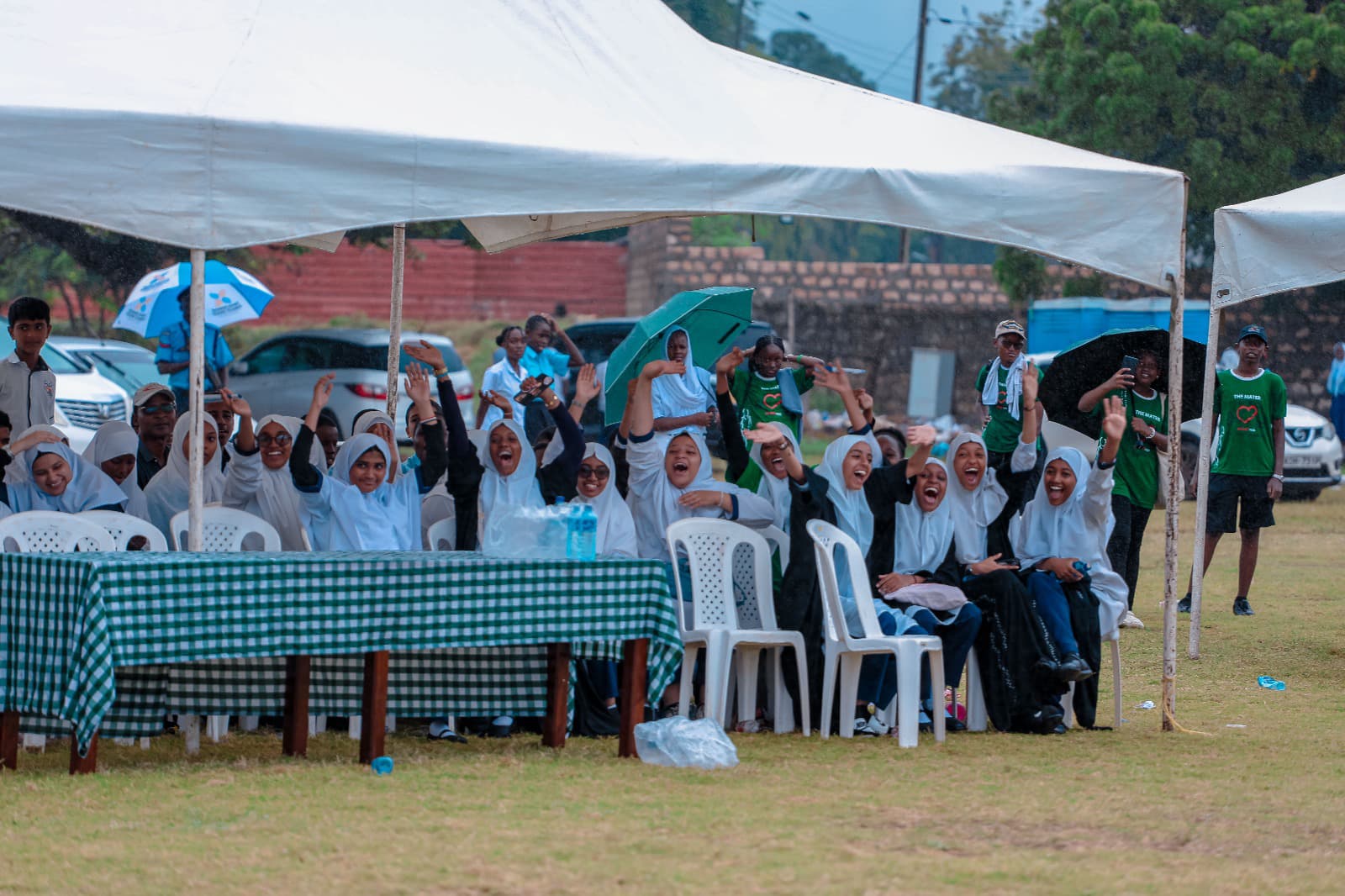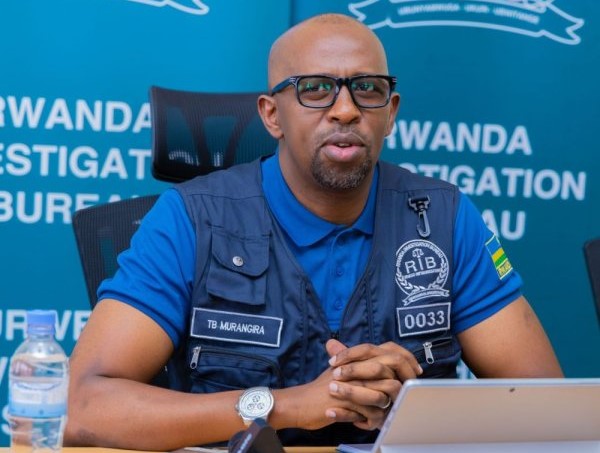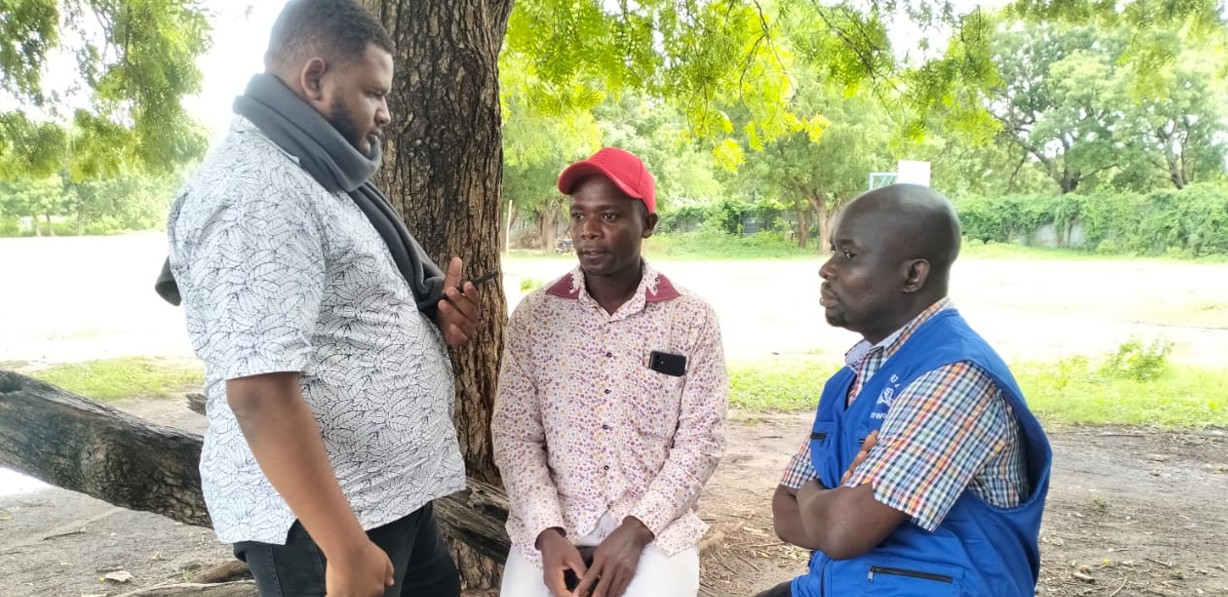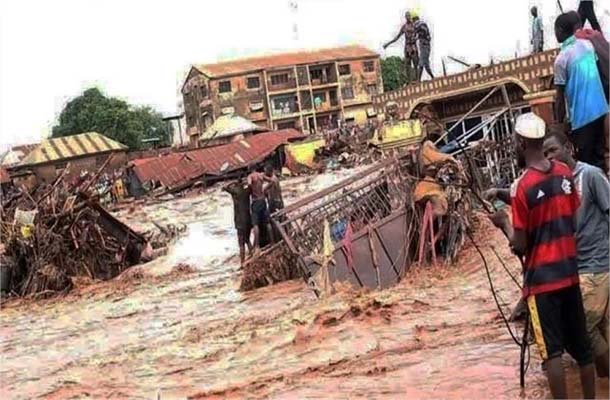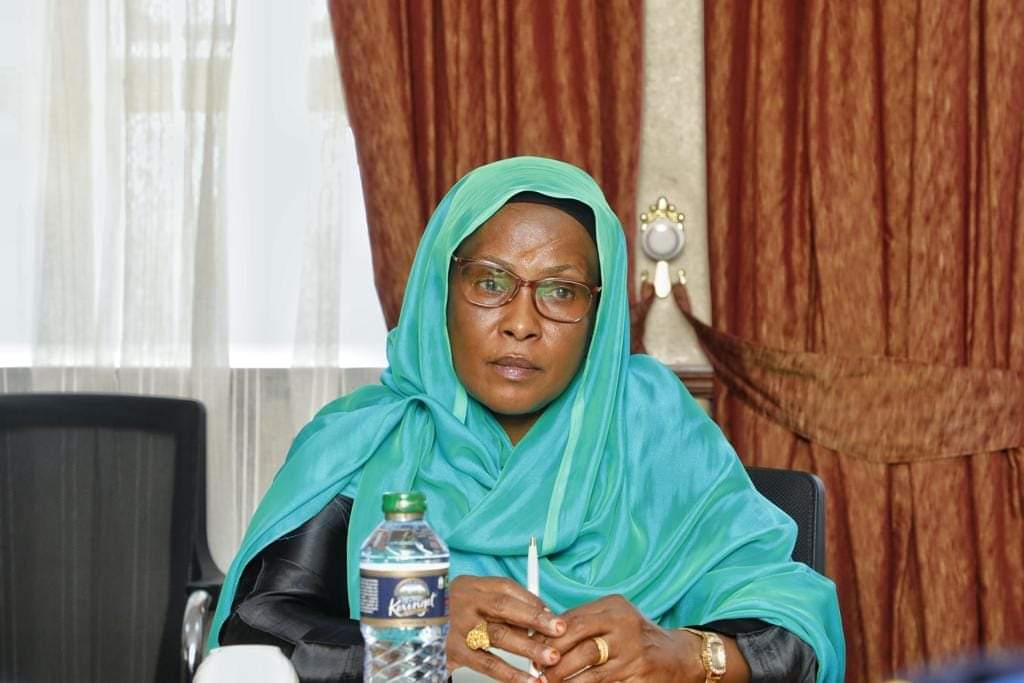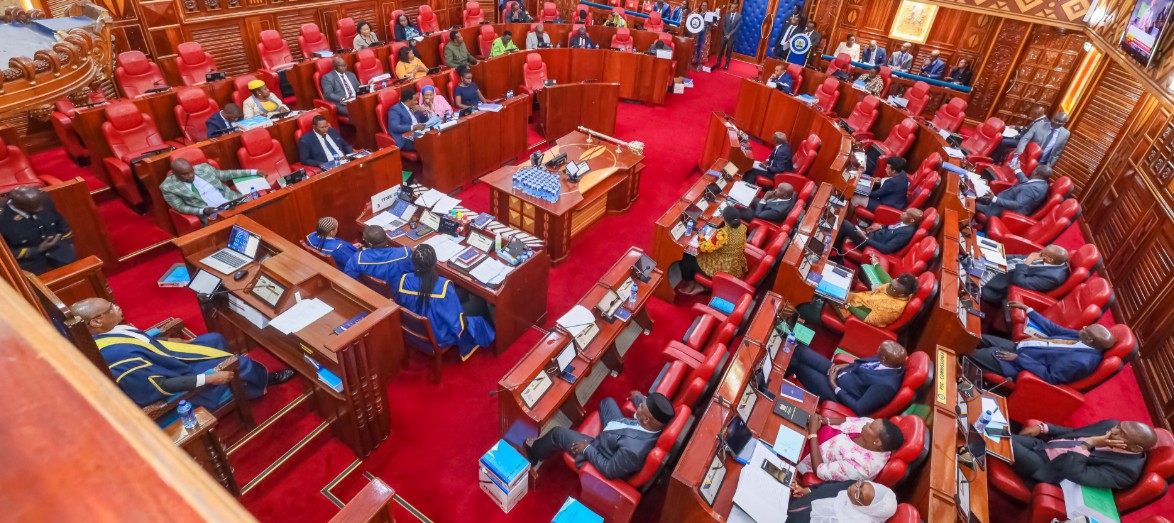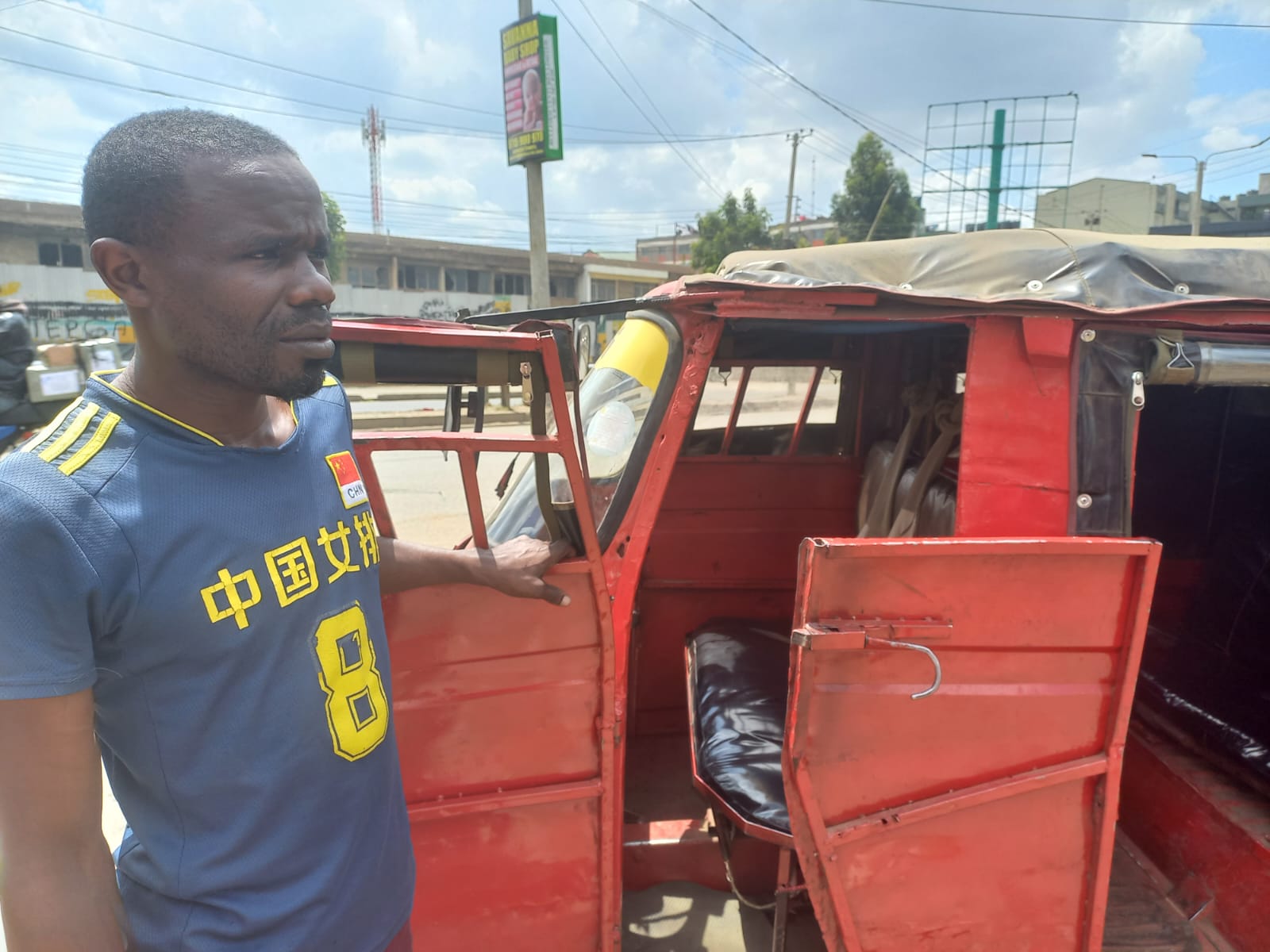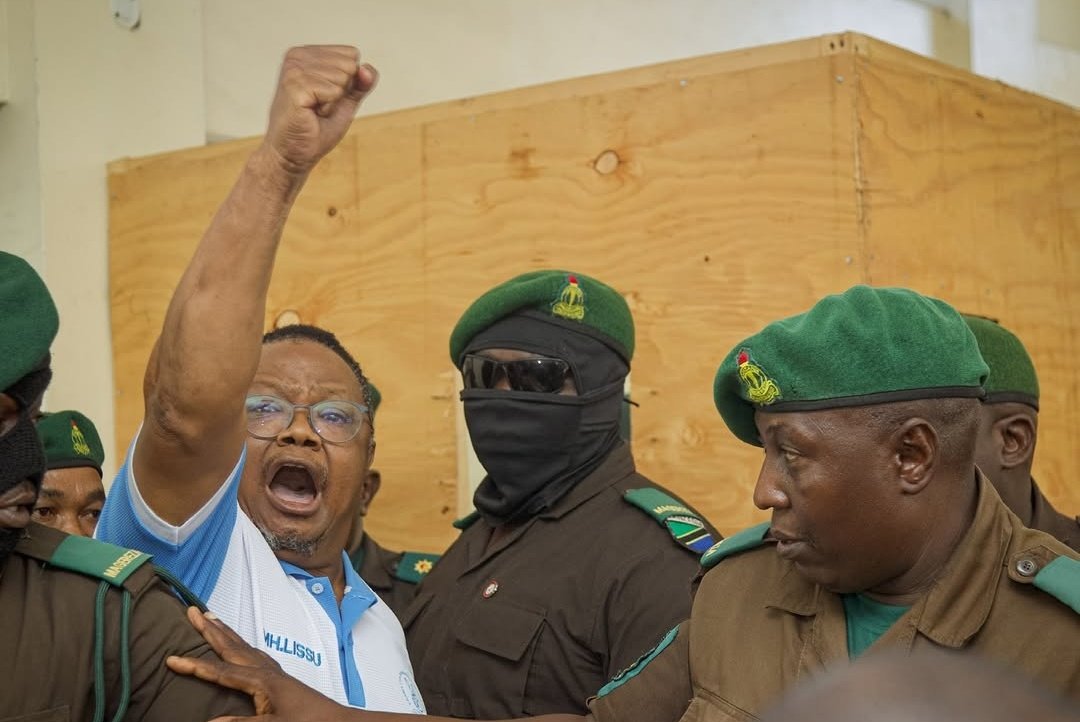Cost of neglect: How poor sanitation is fueling cholera risk in informal settlements
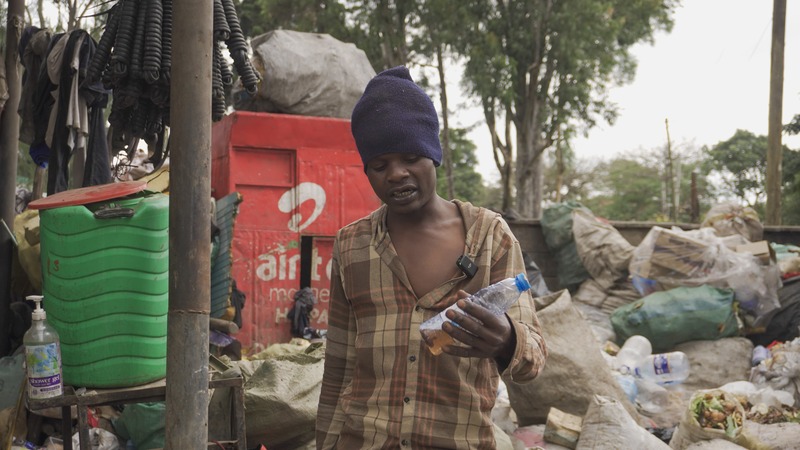
In numerous informal settlements, calls for better services, such as effective rubbish collection and proper drainage, have gone unanswered. As a result, residents have learnt to accept and adapt to dangerous living conditions.
Eating discarded fruit or leftover meals thrown away by nearby communities is something Abubakar Hassan knows only too well. For eight years, he has earned a living by sifting through waste daily.
When he first began this difficult work, he had no home and no other source of food, so scavenging became his only means of survival. Sometimes, he manages to wash the fruit or at least his hands before eating.
More To Read
- Senate grills CS Duale over gaps in health insurance regulations
- Kenyan breast cancer patients to pay 67pc less for treatment under new deal with Roche
- South Sudan launches lifesaving vaccines to fight pneumonia, diarrhoea in children
- Turkana County, donors adopt strategy to contain cholera outbreak
- Kenya launches panel to review health benefit tariffs, promote equity and cost-effective care
- Cholera death toll in Africa surpasses 2,400 as South Sudan, DRC, Angola and Sudan hardest hit
Although Abubakar’s circumstances have since improved and he has started a family, there are still moments when he resorts to garbage in search of food.
Day in, day out, Abubakar sorts through mounds of waste in search of anything useful. When hunger becomes unbearable, he eats fruits or leftovers he finds in the garbage. Occasionally, he cleans the food first, but more often than not, he eats it as is.
After years of doing this, he believes his stomach has become resilient. No matter what he eats, he feels confident that his body can handle it without falling ill.
“I only go to the hospital for a tetanus jab. Not because of diarrhoea or stomach issues. When my stomach hurts, I use traditional herbal medicine from Majengo.”
He trusts herbal remedies because they have worked for him over the years. Abubakar says he can tell what’s wrong with his body by how he feels, so he doesn’t always seek medical help. He believes his immune system has adjusted to his lifestyle and that herbal medicine keeps his stomach healthy.
“Just yesterday, I completed a three-day course of herbal medicine for amoeba,” he explains. “Each cup costs Sh50. In Rukongo, there’s someone who boils herbs to make the medicine. You simply tell them your symptoms, and they’ll give you what you need.”
When he is not using herbal medicine, Abubakar sometimes takes a small amount of chang’aa, a local homemade spirit, which he believes is a strong remedy for stomach problems—capable of killing all kinds of germs, including cholera. He also uses simba, another traditional treatment.
“Here, we’ve learnt to cope in our ways. I’ve never had cholera—just the occasional diarrhoea, and that’s something I know how to manage.”
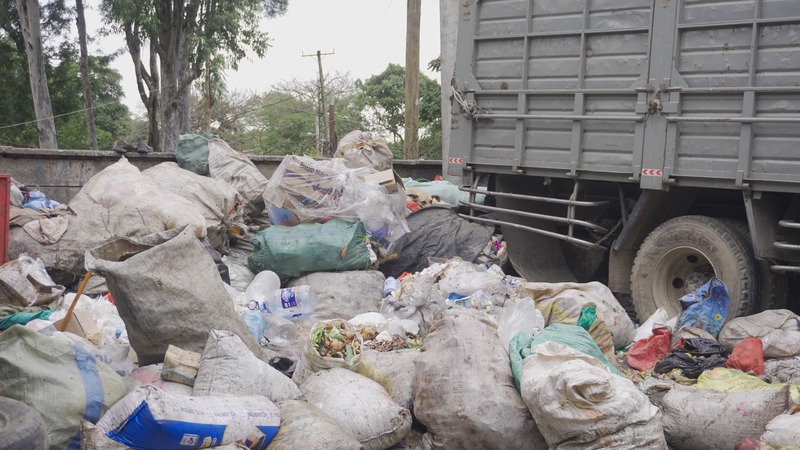 Garbage site in Pumwani. (Justine Ondieki)
Garbage site in Pumwani. (Justine Ondieki)
Abubakar is not alone in this belief. Many of those who work and live in similarly harsh conditions feel the same. To them, cholera seems distant—something they only hear about in government announcements or warnings from local chiefs. It doesn’t feel real or immediate.
His story reflects a much broader problem. For years, diseases like cholera have been linked to poverty, leading to stigma and the neglect of already marginalised communities. Many residents in informal settlements feel ignored by the healthcare system and abandoned by those in power.
In numerous informal settlements, calls for better services, such as effective rubbish collection and proper drainage, have gone unanswered. As a result, residents have learnt to accept and adapt to dangerous living conditions. This has fostered a mindset where diseases like cholera are perceived as distant threats, especially when outbreaks are only heard about through word of mouth and not seen firsthand.
Cholera cases
Today, as cholera cases rise in places like Turkana, Kakuma, and Nairobi, many people continue to rely on herbal healers instead of seeking medical treatment. This highlights the urgent need for better health education, improved water and sanitation infrastructure, and stronger relationships between healthcare providers and communities. Without these interventions, preventable diseases will continue to claim lives.
Charles Kyalo believes that years of living in tough conditions have strengthened his immune system to the point that he’s nearly impervious to illness. He often remarks that people in even harsher environments manage to stay healthy, even when eating leftovers or drinking low-cost, homemade alcohol. If he does fall ill, he turns to traditional medicine.
For Kyalo, a long-time resident of Majengo slums, Kenya’s ongoing cholera outbreak feels distant. Having lived in the same overcrowded neighbourhood for over a decade, he says he has heard of cholera many times but has never seen anyone close to him fall ill.
“We’ve heard about cholera for years, but honestly, I’ve never seen anyone here get it. As much as we want to live in a clean environment, the lack of proper services leaves us with no real choice. So, we just learn to live with it.”
He believes the persistent association between cholera and slums unfairly stigmatises the poor, portraying them as unimportant and overlooked by the authorities. With minimal awareness campaigns and few government services reaching these areas, genuine support remains out of reach for many.
“If the government wanted to make a difference, it would address the root causes like access to clean, treated water, a proper sewage system, and decent sanitation.”
Cholera is mainly spread through food and water contaminated with Vibrio cholerae bacteria. When waste from infected individuals enters water sources used for drinking or cooking, the disease can quickly spread. Food washed or prepared with unsafe water, or handled by someone carrying the bacteria, can also transmit the infection.
Contaminated food
Poor hygiene practices, such as open defecation and inadequate sewage systems, create the perfect conditions for cholera to thrive. Although it doesn’t typically spread through casual person-to-person contact, touching contaminated objects or food can still lead to infection. Preventing cholera requires clean water, good sanitation, and strong hygiene habits.
A recent spot check by the Eastleigh Voice, involving interviews with residents from several informal settlements, revealed a grim picture: open sewers, a lack of clean water, and poor sanitation are part of daily life. With few signs of change, many residents see no reason to fear cholera, having grown desensitised to the very conditions that facilitate its spread.
As cholera cases surge across Kenya, familiarity with harsh living conditions continues to shape how many in low-income communities perceive the disease. While they understand that cholera is linked to poor sanitation, most have never witnessed it directly.
This normalisation of unsanitary living conditions has made many feel detached from the reality of cholera and its dangers.
Fatality rates
Cholera’s fatality rate can exceed 50 per cent without treatment, due to severe dehydration. However, with timely rehydration therapy, the death rate drops to below 1 per cent.
Turkana County and Kakuma have recently reported new outbreaks. After identifying initial cases, health officials collected 16 additional samples, confirming seven more infections: one case in Kakuma Refugee Camp 1, two in Kakuma 2, one in Kakuma 3, and four in Kalobeyei Settlement.
On April 8, 2025, Health CS Aden Duale announced a total of 94 cholera cases, including six deaths, across Migori, Kisumu, and Nairobi counties.
Subsequent reports from the Ministry of Health indicated that the number of confirmed cases had risen to 125, with six fatalities, as of 20 April 2025.
Globally, cholera remains a serious public health threat. In the first two months of 2025 alone, 808 cholera-related deaths were reported across 23 countries in three World Health Organisation (WHO) regions. Africa experienced the highest fatality rate, with Angola reporting 329 deaths out of 8,543 cases between January and March 2025.
The WHO estimates that cholera causes between 1.3 to 4.0 million cases and between 21,000 and 143,000 deaths each year.
Top Stories Today


